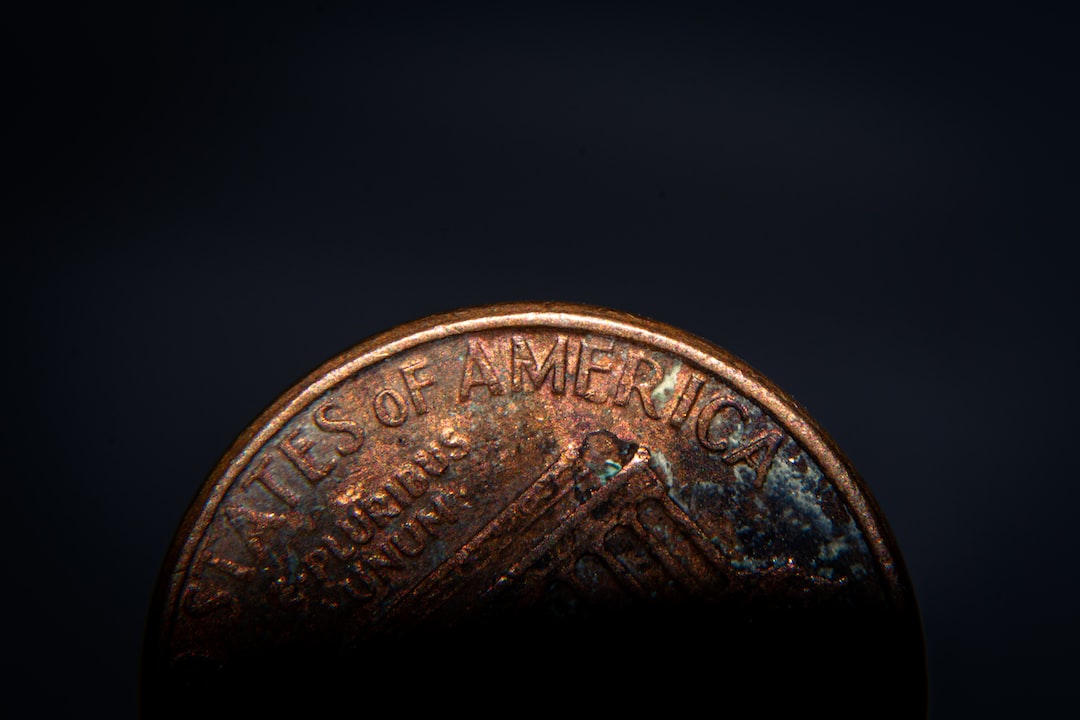The MFI indicator, also known as the Money Flow Index, is a popular technical analysis tool used in forex trading. It is used to measure the strength of buying and selling pressure in the market and can help traders identify potential trend reversals and entry or exit points for trades. In this article, we will discuss the basics of the MFI indicator and how it can be used in forex trading.
What is the MFI Indicator?
The MFI indicator is a momentum oscillator that calculates the ratio of money flowing into an asset to the money flowing out of it. The formula for calculating the MFI is as follows:
MFI = 100 – (100 / (1 + Money Flow Ratio))
The Money Flow Ratio is calculated by dividing the average positive money flow by the average negative money flow over a certain period of time, typically 14 periods. A positive money flow occurs when the closing price is higher than the previous closing price, and a negative money flow occurs when the closing price is lower than the previous closing price.
The MFI indicator is plotted as a line graph that oscillates between 0 and 100, with overbought and oversold levels set at 80 and 20, respectively. When the MFI crosses above the overbought level, it suggests a potential trend reversal from bullish to bearish, and when it crosses below the oversold level, it suggests a potential trend reversal from bearish to bullish.
How to Use the MFI Indicator in Forex Trading?
The MFI indicator is used in forex trading to identify potential trend reversals and entry or exit points for trades. Here are some ways in which it can be used:
1. Divergence Trading
Divergence trading is a popular strategy that uses the MFI indicator to identify potential trend reversals. When the MFI diverges from the price action, it suggests a potential trend reversal. For example, if the price is making higher highs, but the MFI is making lower highs, it suggests a bearish divergence and a potential trend reversal from bullish to bearish. Conversely, if the price is making lower lows, but the MFI is making higher lows, it suggests a bullish divergence and a potential trend reversal from bearish to bullish.
2. Overbought/Oversold Trading
The MFI indicator can also be used to identify overbought and oversold levels in the market. When the MFI crosses above the overbought level of 80, it suggests that the market is overbought and a potential trend reversal from bullish to bearish may occur. Conversely, when the MFI crosses below the oversold level of 20, it suggests that the market is oversold and a potential trend reversal from bearish to bullish may occur.
3. Confirmation of Trading Signals
The MFI indicator can also be used to confirm trading signals generated by other technical indicators. For example, if a trader uses the moving average crossover strategy to generate buy or sell signals, they can use the MFI indicator to confirm the strength of the trend. If the MFI is above the overbought level when a buy signal is generated, it suggests that the trend is strong and the buy signal is more reliable. Conversely, if the MFI is below the oversold level when a sell signal is generated, it suggests that the trend is strong and the sell signal is more reliable.
Conclusion
The MFI indicator is a powerful tool that can be used in forex trading to identify potential trend reversals and entry or exit points for trades. Traders should use the MFI in conjunction with other technical indicators and price action analysis to confirm trading signals and make informed trading decisions. It is important to note that no single indicator can guarantee profits, and traders should always use proper risk management techniques to minimize losses.





